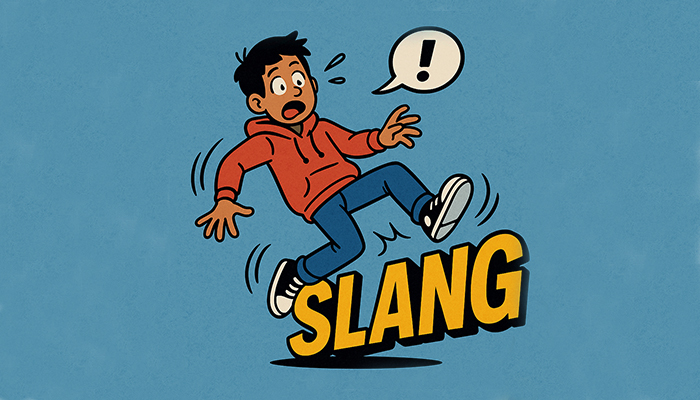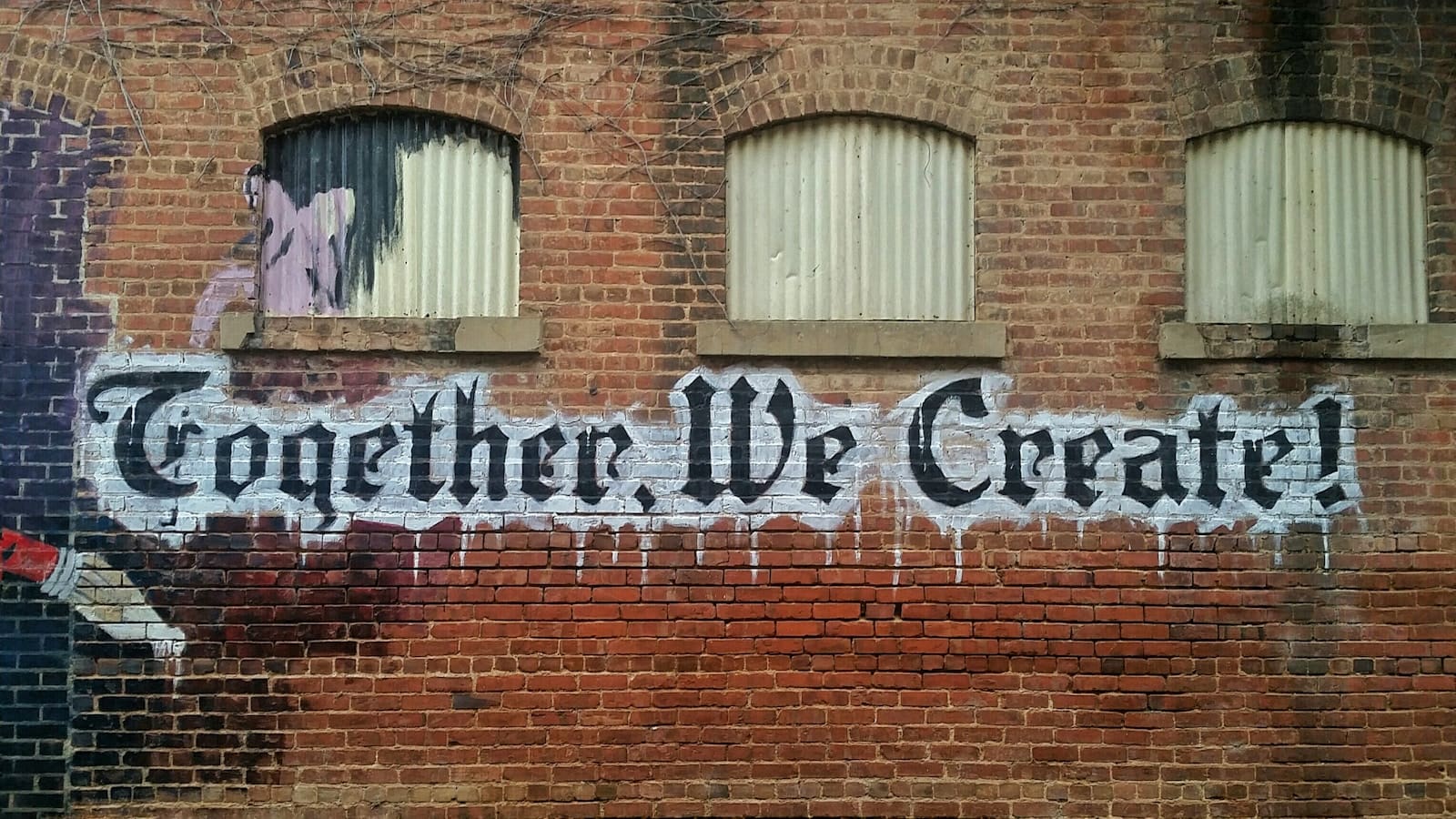The Comedy Conundrum: The Art and Agony of Translating Humour
Humour is a fragile thing. A well-placed pun, a perfectly timed quip, or a cultural reference that lands just right can bring a room to laughter—but take that same joke, drop it into another language, and it may unravel completely.
Take, for example, the time a news anchor attempted a joke on the Dalai Lama via an interpreter: ‘The Dalai Lama walks into a pizza shop and says, “Can you make me one with everything?”’ The joke, relying on the double meaning of ‘one with everything’—as both a pizza order and a Buddhist concept—fell flat. The interpreter struggled. The Dalai Lama remained politely puzzled. And the moment became an enduring example of why translating humour is one of the trickiest challenges in the linguistic world. Successful adaptation of humour often depends on transcreation techniques that go beyond direct translation.
However, while it’s undeniably tricky, there are ways that translators can convey humour. In this article, we’ll look at the challenges of translating humour and how they can be tackled.
The Challenges of Translating Humour
Many factors lead to the development of cultural norms, including everything from national history and political climate to geographical location and the weather. Cultural norms imprint themselves onto a nation’s collective sense of humour, and that much of what we find funny is socially ingrained. For example, ask a British person their thoughts on American humour and they’ll say it’s crass and lacks subtlety. Ask the same question to an American person of British humour and they’ll say it’s dry to the point of barely existing. The humour doesn’t translate well, and these two countries speak English. Adding a language barrier on top of different cultural norms makes it even harder.
As well as attempting to bridge the gap between cultural norms, anyone trying to translate humour must consider that language is made up of more than just the words we speak. The inflexion and volume of our voices and how we use our bodies in conjunction with what we’re saying add extra layers of meaning to our communication. For example, Latino countries tend to be more physically expressive than English-speaking cultures. The humour will be lost if a joke relies on physicality or gesturing that doesn’t come naturally to an English translator.
A further problem with translating humour is that it often relies on wordplay. This uses techniques such as spelling, alliteration, rhymes, puns, slang, phonetics and semantics. An example of this in English is: ‘Your argument is sound, nothing but sound’. This phrase plays on the dual meaning of the word ‘sound’ as an adjective meaning ‘well-reasoned’ and a noun signifying something that is audible. It works perfectly in English but could very quickly lose its meaning when translated to a different language. As writer Leo Hickey says in his essay entitled ‘A Pragmalinguistic Approach to Translating Humour: ‘It’s a well-known fact that humour doesn’t travel well; it usually wilts across the shortest of spans, arriving unravelled, if not deceased, when moving from one language to another.’
How To Translate Funny Content Successfully
Because humour is subjective, it will always be harder than something objective, like technical document translation. However, that doesn’t mean that it can’t be done. How can you make sure that your jokes travel well and that every audience is tickled equally?
Word-for-word Translation
This is the quickest and easiest way to translate, but it doesn’t always work, especially when it comes to jokes that use wordplay or puns. In some situations, it may be appropriate to explain the joke so that the audience can understand why it is funny in the native language. For example, footnotes in foreign language novels can be used to explain the context of the joke, or it might be useful within texts used for actually learning a language, such as a language textbook. However, the explanation is likely to kill any chances of the reader finding it amusing. As the author E.B White said: ‘Explaining a joke is like dissecting a frog. You understand it better but the frog dies in the process.’
Translating Humour Using Transcreation
Transcreation is the process of adapting a message from one language to another while maintaining its style, tone, context and intent. It considers the cultural differences between the original material and the target country, region or group of people. Transcreation should evoke the same response in the audience as the source material, even though the words and images used are different.
Transcreation makes it possible to tweak jokes for the target language so that they are still funny and make sense within the context of the material. A good translator will use their knowledge of local culture as much as their knowledge of a language to ensure that the content works, is funny, and, crucially, does not offend. The key is for the translator to be creative and flexible enough to create a local language version of the joke, which may mean changing cultural references, as well as sentence structure and word choice.
Writing Humorous Content For Translation
You can do a few things when creating your content that will make it easier for your translator to get your jokes across. It’s important to remember that you may have written the funniest copy in the world in one language, but it won’t go over well in the target language. However skilled the translator is. Try not to overcomplicate things: the strongest and clearest messages are usually the simplest ones, and the same goes for jokes. If possible, avoid too much wordplay as this will probably not translate well. Instead, look for humour that has cross-market appeal and can be translated without being changed too much. A final tip is to work collaboratively with your translation agency. Ask their advice and listen to their expertise on a particular culture or locality. Your overall message is what is important, so don’t be afraid of losing a joke or two along the way in return for an otherwise perfect translation.
Conclusion
Translating humour is an art. It requires skill, cultural fluency, and a willingness to adapt. A skilled translation team can ensure that your humour remains engaging, relevant, and—most importantly—funny across languages and cultures. Because while every culture laughs, what makes us laugh is a language all its own.
Want to ensure your message resonates globally? Brightlines’ expert translators can help you strike the right balance between humour and clarity. Get in touch today.







